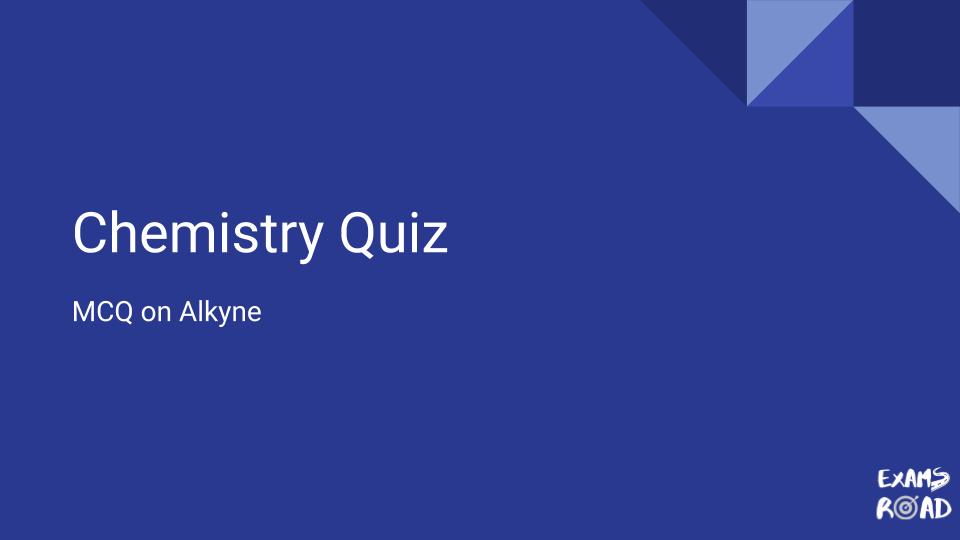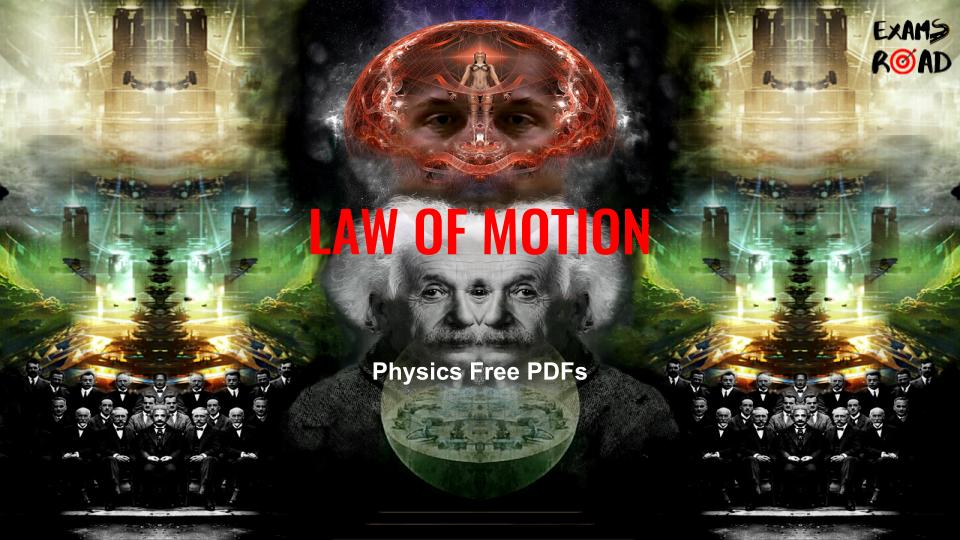CHEMISTRY REACTION SIMPLIFIED
Every organic chemistry reaction will contain at least one of the following
- Deprotonation
- Attack
- Shift (carbocation)
- Leaving group
Now, I could probably make this even list shorter by combining a few. However, we’ll leave it like this for now.
Deprotonation of an acidic hydrogen
This simply means you are pulling off a hydrogen from somewhere. You probably heard of this when your professor talked about acid/base reactions.
Let’s look a few examples of where this might come up in your class
Elimination Reaction
 Generation Of An Acetylene Anion
Generation Of An Acetylene Anion
Aldol/Claisnen Reactions
How could we pick these out of a line up?
Everyone has a negatively charged molecule above the reaction arrow . And many of them you’ll see will be either an oxygen-minus or a nitrogen-minus.
If you don’t see the negative charge, look for a metal atom (Na, K, Li). This is your tip off that what is attached is negatively charged.
The examples above won’t be the only negatively charged molecules…but they do come up quite often.
Attack of an electrophilic site
This is really, what I consider, the basis of organic chemistry. When things attack, bonds will form and/or break.
And if you think about it, deprotonation is really an attack on the hydrogen. Check out “How to Simplify your Organic Chemistry Textbook” to learn more.
This “topic” is the one you will see most throughout your organic chemistry tenure. Here are few examples to demonstrate this
Substitution Reactions
Williamson Ether Synthesis
Acetylene anion and alkyl halide
Nucleophilic addition of carbonyl
You can see that we are either forming bonds and/or breaking them. And at the heart of this is a molecule, specifically an atom, which is negatively charged.
Carbocation shift
Any time you generate a positive charge on a carbon, you should be looking at your molecule.
And Why is this?
Because carbocations love to shift. They are looking for the most comfortable place to “sit.”
Aren’t we all though?!
Molecules don’t like to be charged. But if they have to, they are going to rearrange to find a more stable situation.
Let’s take a look at what we should be looking for to see if the carbocation will be on the move.
All you need to do is start with your carbocation. Then, look to all other carbons that are attached.
Up…down…left…right…diagonal…
If you have a carbon that is tertiary or quaternary, you will get a shift.
And last but not least…the famous leaving group
In order for ANY bond to form…something has to “leave.”
Here are some typically leaving groups you have more than likely seen…
Halide – (I, Br, Cl)
Tosl – (OTs)
Mesyl – (OMs)
But…have you thought of a double bond as a “leaving group?”
Well – in a way…you can. The pi-bond has to get out of the way in order to make room for the incoming group.
We can see from the following that the same thing is happening in both cases.
The bond that is breaking is turning into a lone pair/negative charge. It just so happens that this “leaving group” is still attached in the carbonyl.





















![100+ MCQs on Atomic Structure PDF – Free Objective Question & Answers [Chemistry NEET JEE] MCQs on Atomic Structure PDF](https://examsroad.com/wp-content/uploads/2023/06/MCQs-on-Atomic-Structure-PDF-218x150.jpg)






